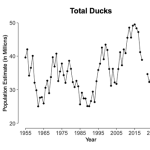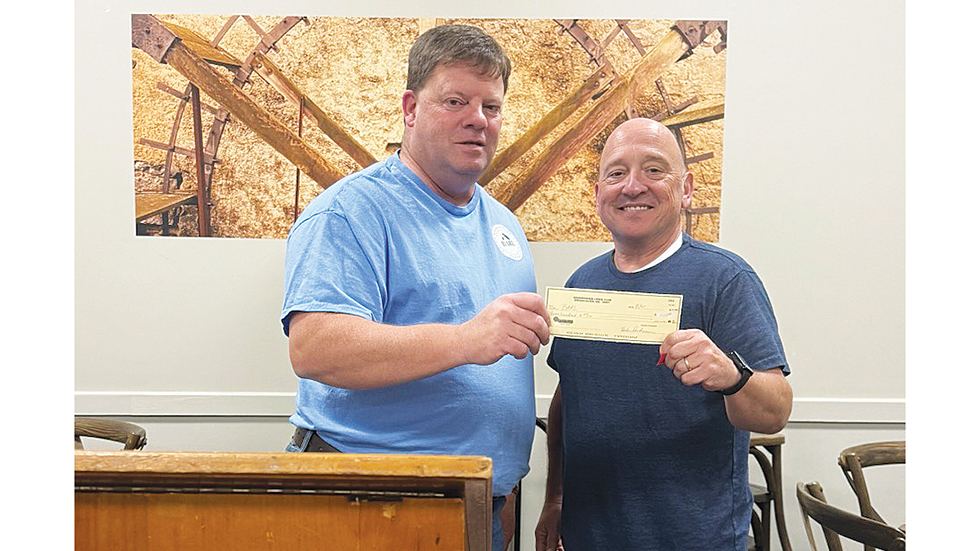USFWS releases 2024 Waterfowl Breeding Population Survey
Published 5:00 pm Tuesday, August 20, 2024


JACKSON — The United States Fish and Wildlife Service published the 2024 Waterfowl Population survey Tuesday. The survey contains data about the estimated number of breeding waterfowl and available habitat and is used to set future hunting regulations.
Pond counts are a key indicator of crucial duck habitat and potential breeding capabilities in the prairie pothole region. The majority of ducks hunted in the Mississippi Flyway are bred in North and South Dakota, Manitoba and Saskatchewan Provinces. The USFWS habitat survey in May indicated there were 5 million ponds, similar to last year and the long term average.
According to the report, winter precipitation remained below average and spring precipitation was above average this year but came too late for early nesting.
Trending
The survey reports an overall population of 34 million birds which is 5 percent higher than the 2023 figure but 4 percent lower than the long term average . It is important to remember these ducks represent the breeding pool and not the number of birds that will fly south this fall.
Numbering the birds
Mallards had a population of 6.6 million which was similar to the 2023 estimate but 16 percent below the long-term average. Blue-winged teal had a population of 4.6 million which was 12 percent lower than the 2023 estimate and 10 percent higher than the long term average.
Gadwall has an estimated population of 2.3 million which is similar to the 2023 estimate and 11 percent higher than the long-term average. American Wigeon had a population of 2.9 million similar to the long term average and a 58 percent jump from 2023 estimates.
The survey reports 3.0 million green-winged teal which was similar to the 2023 estimate and 38 percent above the long term average. The survey reports northern pintail totaled 2.0 million, a similar mark to 2023 numbers. There is still work to do for pintail as the population is still 49 percent down from the long-term average.
Shovelers came in at 2.6 million birds, Redheads had a population of 800,000 birds and Canvasbacks had a population of 600,000 birds all similar to 2023 estimates and the long term average.
Trending
Helping conservation
Louisiana helps fund conservation in the breeding grounds by allocating state duck stamp funds to groups like Delta Waterfowl. Mississippi does the same thing, allocating state duck stamp funds to improve habitat up north while funding projects in the Mississippi delta to provide crucial habitat for wintering waterfowl.
MDWFP Waterfowl Program Coordinator Houston Havens usually gives an update on those projects and the funding in the September or October commission meeting. Hunters in Louisiana and Mississippi can continue to help the conservation of ducks in several different ways.
Check back for more updates on what this means for waterfowl hunters and conservation.
To read the full population survey report visit USFWS.com.






